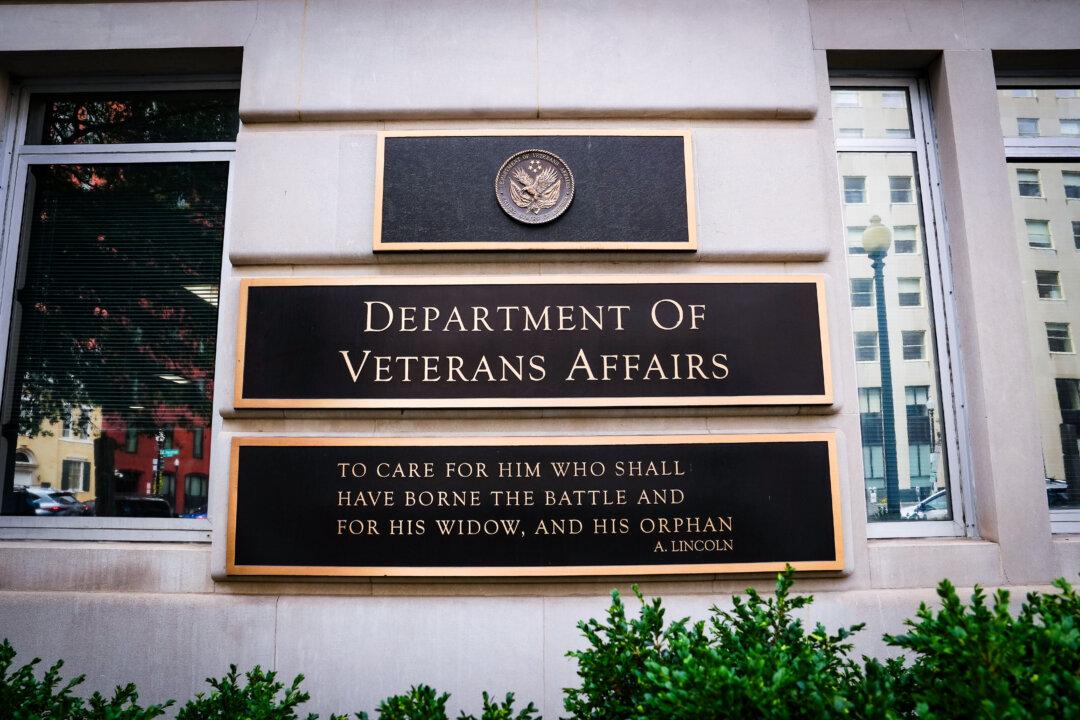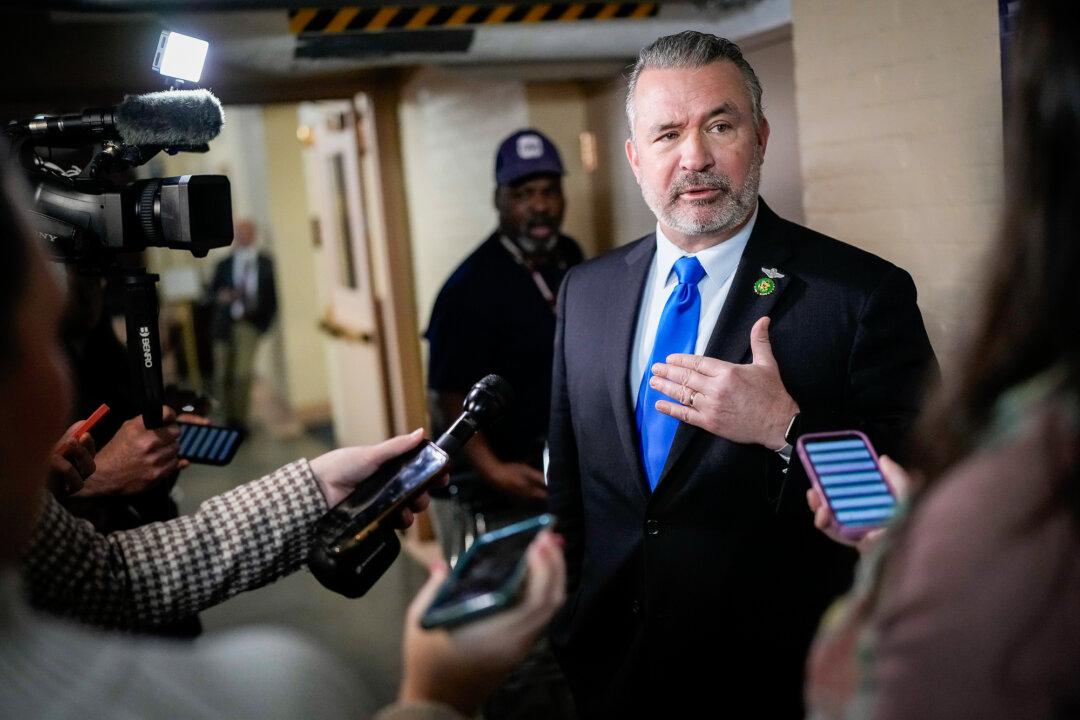The House Appropriations Committee advanced a bill on May 23 to fund military construction, the Department of Veterans Affairs (VA), and related agencies.
The measure, commonly known as MilCon-VA, has a top line of more than $129.56 billion, $5.69 billion less than what was allocated this year. It was the first bill advanced by the committee. The final tally was 34 to 25.
The bill funds veterans’ health care programs and benefits, in addition to VA programs. It also includes $2 billion for military family housing and $1 billion allocated towards initiatives in the Pacific, including funding for Guam and dedicated funding for the U.S. Indo-Pacific Command, the U.S. military focus in the region amid the threat from China.
It also prohibits the implementation, administration, or enforcement of the Biden administration’s executive orders on diversity, equity, and inclusion (DEI).
Additionally, it forbids taxpayer dollars from being used for abortions and bans the VA from “processing medical care claims for illegal aliens,” according to a committee press release.
House Appropriations Committee Chairman Tom Cole (R-Okla.) said the bill “is a testament to our dedication to caring for those who selflessly served our nation, supporting our military families, and strengthening America’s defense.”
“We are keeping our promises to those who’ve sworn the sacred oath to protect the nation,” he added.
When the appropriations bill will be voted on in the GOP-controlled House is unknown. Even if the measure passes the House, it would likely be dead on arrival in the Democrat-controlled Senate.
Also on May 23, one of the committee’s subcommittees marked up the appropriations bill for the legislative branch, setting a top line of almost $7.13 billion, a $375 million increase from this year. It includes a 4.8 percent increase, or $830 million, for the Capitol Police. The appropriations bill is the only proposed increase by the committee.
The committee released its top-line numbers for the 2025 fiscal year on May 16. The numbers are slightly more than what was allocated under the 2023 Fiscal Responsibility Act (FRA), which raised the debt ceiling.
The total is almost $1.61 billion in defense and non-defense spending.
The top line for defense spending would be more than $895.21 billion, which is $9 billion more than the top line in the FRA. It is also $70.2 billion more than what was appropriated for the 2024 fiscal year.
For non-defense spending, the top line would be almost $710.69 billion, which is more than $6 billion higher than the top line in the FRA. It is $62.10 billion less than that top line in the 2024 appropriations.
In a statement, Mr. Cole said that this highlights the fiscal discipline behind what his committee will put forth.
“In the face of an aggressive schedule and fiscal constraints, we will demonstrate responsible governance and safeguard hard-earned tax dollars,” he said.
“Our FY25 process will reflect our commitment to strengthening our national defense, supporting the safety and security of the American people, and reining in government to its core mission.”
The committee announced its schedule for marking up the appropriations bills on May 16. The committee and its subcommittees will begin their first markup on May 21 and conclude with the last one on July 10.
The federal fiscal year starts on October 1 and ends on September 30.







